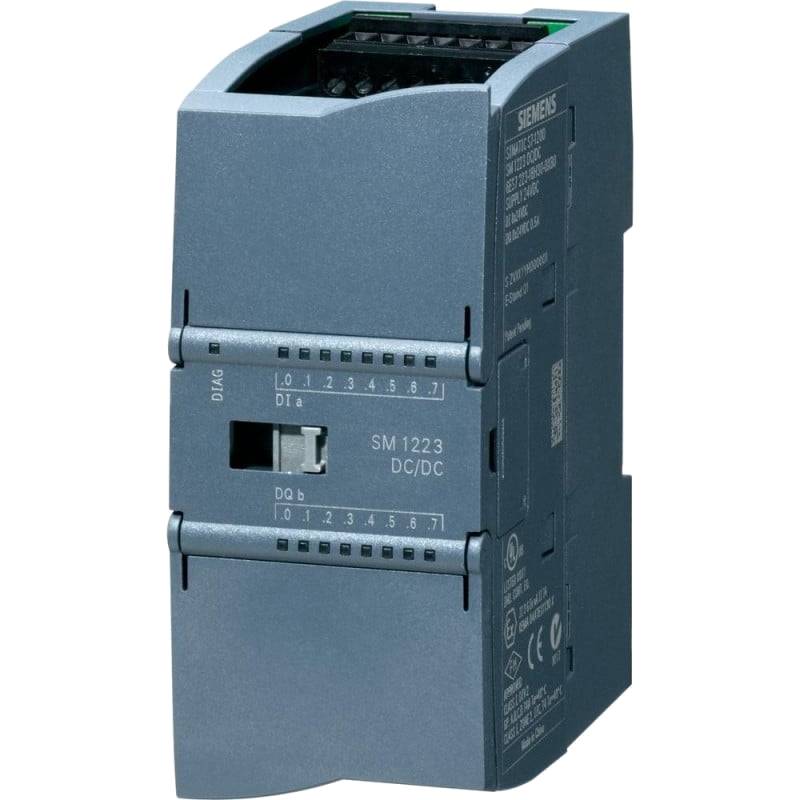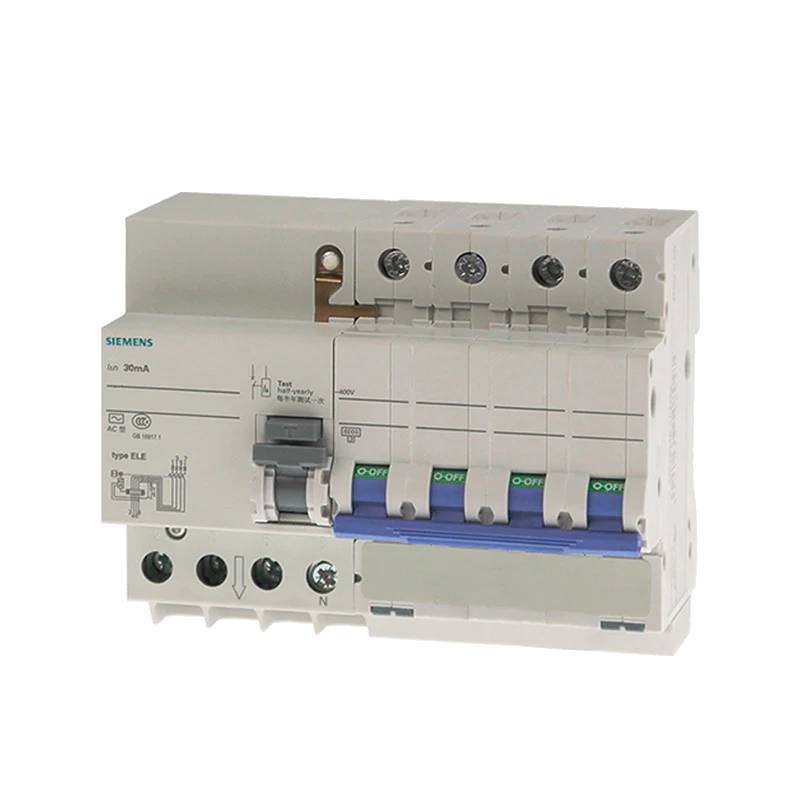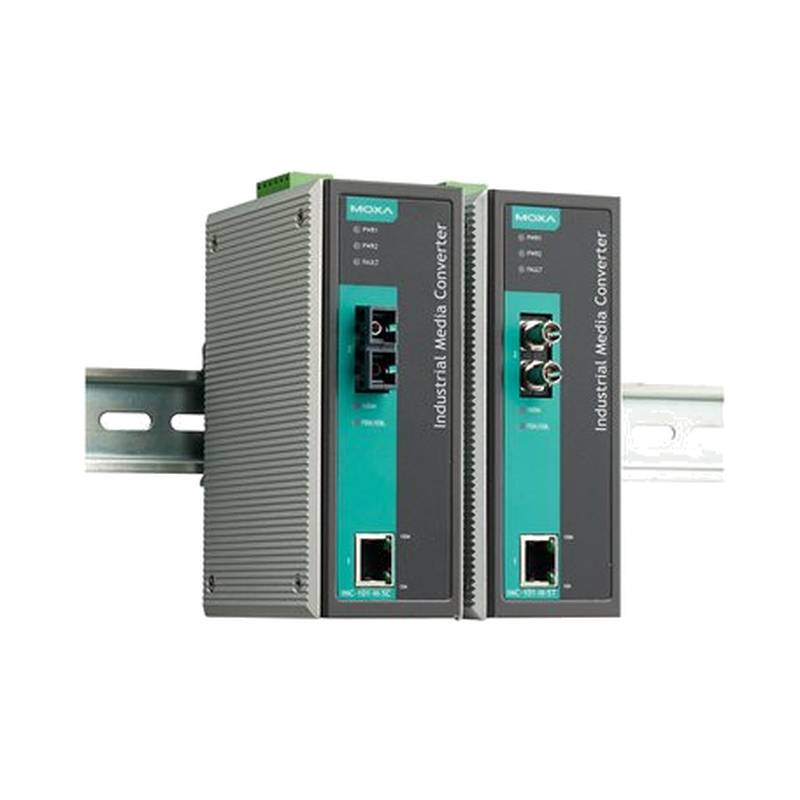
The Siemens 6SL3220-1YD22-0UB0 G120XA is a robust Variable Frequency Drive (VFD) engineered for demanding heavy-duty pump control applications. This compact yet powerful unit boasts a 12.5A continuous current rating and a 5.5kW (7.5 HP) power output, delivering precise speed and torque control essential for optimizing pump performance and energy efficiency in harsh industrial environments. Its robust design ensures reliable operation under challenging conditions, making it a premier choice for water management, wastewater treatment, and general industrial fluid handling systems.
Siemens 6SL3220-1YD22-0UB0 G120XA Product Specifications
| Parameter | Specification |
| :---------------------------- | :------------------------------------------ |
| Manufacturer | Siemens |
| Product Series | SINAMICS G120XA |
| Article Number | 6SL3220-1YD22-0UB0 |
| Rated Output Power | 5.5 kW (7.5 HP) |
| Rated Output Current | 12.5 A |
| Input Voltage | 3 AC 380-480V, 50/60 Hz |
| Output Frequency | 0-600 Hz |
| Protection Class | IP20 |
| Dimensions (H x W x D) | 296 x 180 x 227 mm |
| Weight | 7.5 kg |
| Ambient Temperature (Operation) | -20 to +50 °C |
| Cooling | Integrated fan |
| Control Type | Vector Control, V/f Control |
| Communication Interfaces | PROFINET, PROFIBUS (optional modules) |
Core Features & Market Positioning
The Siemens 6SL3220-1YD22-0UB0 stands out in the heavy-duty pump control market due to its advanced vector control capabilities, offering superior dynamic response and precise speed regulation even under varying load conditions. Its inherent ruggedness, characterized by an IP20 protection rating and operation in ambient temperatures from -20 to +50 °C, positions it as a highly reliable solution for environments where dust, moisture, or extreme temperatures are prevalent. This VFD integrates seamlessly into Siemens' broader automation ecosystem, providing enhanced diagnostics and connectivity options that appeal to industries focused on operational efficiency and predictive maintenance.
Key Application Scenarios
This VFD is ideally suited for critical pumping applications within municipal water supply and wastewater treatment plants, ensuring consistent flow rates and minimizing energy consumption during peak and off-peak hours. In the oil and gas sector, its robust construction and precise control make it suitable for managing various fluid transfer pumps in demanding exploration and production environments. Furthermore, it finds application in heavy industrial settings such as chemical processing, mining, and manufacturing, where the reliable and efficient operation of large-volume fluid transfer systems is paramount.
Practical System Integration Guidance
Integrating the Siemens 6SL3220-1YD22-0UB0 into existing systems involves careful consideration of power supply and motor characteristics. Wiring should strictly adhere to local electrical codes and the guidelines provided in the Siemens manual, ensuring proper grounding and connection of power and control terminals. Commissioning typically involves parameterization via the VFD's keypad or through Siemens' TIA Portal software, where motor data, control modes (e.g., V/f or vector control), and protective functions are configured to match the specific pump and application requirements. For networked applications, optional communication modules for PROFINET or PROFIBUS enable seamless integration with PLCs and SCADA systems for remote monitoring and control.
Operation and Risk Mitigation
Safe operation of the Siemens 6SL3220-1YD22-0UB0 requires personnel to be adequately trained in VFD technology and to follow all safety precautions, including ensuring the drive is de-energized before performing any maintenance. Common operational issues can often be resolved by consulting the drive's error code list; for example, an F0001 fault might indicate an overcurrent condition, suggesting a need to check motor load or ramp times. Regularly inspecting ventilation pathways to prevent overheating and ensuring that motor and drive parameters are correctly matched are crucial steps in mitigating potential risks and ensuring longevity.
Scalability & Long-Term Value
The SINAMICS G120XA platform offers a degree of scalability, allowing for expansion with optional communication and safety modules, which enhances its adaptability to evolving industrial automation strategies and the increasing demands of the Industrial Internet of Things (IIoT). Compatibility with TIA Portal, Siemens' integrated engineering framework, ensures that this VFD can be easily integrated into new projects and maintained within a standardized digital environment, simplifying upgrades and minimizing lifecycle costs. The inherent energy savings achieved through precise motor control and the robust design contributing to a longer service life underscore the significant long-term economic value offered by the 6SL3220-1YD22-0UB0.
---
Frequently Asked Questions (FAQs)
What is the primary function of the Siemens 6SL3220-1YD22-0UB0 G120XA?
This VFD's main role is to control the speed and torque of AC motors, specifically designed for heavy-duty pump applications. It enables precise adjustments to pump flow rates, optimizing system performance and energy usage.
It achieves this control by varying the frequency and voltage supplied to the motor, allowing for smooth acceleration, deceleration, and operation at various speeds. This precise control is crucial for applications where consistent fluid delivery or pressure regulation is required.
The unit’s robust design and high current rating make it ideal for demanding environments, ensuring reliable operation in challenging industrial settings.
What are the key technical specifications for the 6SL3220-1YD22-0UB0?
This VFD offers a 5.5kW (7.5 HP) power rating and a 12.5A continuous output current. It operates on a 3-phase AC input voltage of 380-480V at 50/60 Hz and can control output frequencies from 0-600 Hz.
Its physical characteristics include a compact IP20 enclosure suitable for installation in control cabinets, measuring 296 x 180 x 227 mm and weighing approximately 7.5 kg. The drive supports ambient operating temperatures between -20 and +50 °C.
It features advanced control modes like vector control and V/f control, along with integrated fan cooling for sustained performance and optional communication interfaces such as PROFINET and PROFIBUS.
What types of industries commonly use the Siemens G120XA VFD for pump control?
Heavy-duty pump control applications are prevalent in water and wastewater treatment facilities, managing flow and pressure. It is also vital in the oil and gas sector for fluid transfer and processing operations.
In manufacturing and chemical processing, this VFD ensures efficient operation of pumps for material handling and various fluid dynamics requirements. Its ruggedness suits these demanding industrial environments.
The drive's reliability and precise control make it a strong choice for mining operations and any sector requiring consistent and energy-efficient pumping of liquids or slurries.
How is the Siemens 6SL3220-1YD22-0UB0 typically installed and commissioned?
Installation involves securely mounting the VFD in a suitable enclosure, ensuring adequate ventilation and adhering to electrical codes for wiring power and control circuits. Proper grounding is essential for safety and performance.
Commissioning typically starts with connecting the motor and power supply, followed by parameter configuration using the VFD's keypad or software like Siemens TIA Portal. Key parameters include motor data, control mode selection, and setting acceleration/deceleration ramps.
Final steps involve testing the VFD under load to verify correct operation and ensure all safety features are functional. For networked systems, communication module setup and integration into the control system are performed.
What are the advantages of using vector control with this VFD?
Vector control provides superior dynamic performance, allowing for rapid response to changes in load torque and speed commands. This is critical for applications requiring precise process control and stable operation.
It enables accurate control of motor torque, even at very low speeds or during transient load conditions, which is essential for many heavy-duty pump applications like those in the chemical industry. This leads to more efficient operation and reduced wear on components.
Vector control also improves energy efficiency by optimizing motor performance across a wider operating range, ensuring the motor operates at its most efficient point for the given load, thereby reducing overall energy consumption.
Can the Siemens 6SL3220-1YD22-0UB0 be integrated into a networked control system?
Yes, this VFD can be integrated into networked control systems through optional communication modules for industry-standard protocols like PROFINET or PROFIBUS. These modules enable seamless data exchange with PLCs and SCADA systems.
Integration allows for remote monitoring of drive status, performance data, and diagnostics, as well as remote control of motor start/stop and speed setpoints. This is crucial for centralized plant control and automation.
With networked capabilities, the VFD becomes part of a broader industrial automation infrastructure, supporting Industry 4.0 initiatives through enhanced connectivity and data acquisition for better operational insights.
What safety considerations are important when operating this VFD?
Always ensure that the VFD is de-energized and locked out before performing any maintenance or wiring. Personnel should be trained in VFD safety procedures and aware of the high voltages present.
Utilize the VFD's built-in safety functions, such as safe torque off (STO), if applicable, and ensure proper grounding of the drive and motor to prevent electrical hazards. Follow all installation and operation guidelines in the manual.
Regularly inspect the VFD for any signs of damage or overheating. Maintain clean ventilation pathways to prevent component failure and ensure the surrounding environment meets the drive's operational requirements.
How can I troubleshoot common faults on the Siemens 6SL3220-1YD22-0UB0?
Consult the VFD's error code list in the user manual to identify the specific fault that has occurred. Common codes like overcurrent or overvoltage often point to issues with the motor, load, or power supply.
For example, an overcurrent fault (e.g., F0001) might indicate that the motor is overloaded, the acceleration ramp is too fast, or there's a short circuit in the motor or cabling. Adjusting parameters or inspecting the motor and wiring may be necessary.
Always reset the fault after addressing the underlying issue. If persistent faults occur, it is advisable to contact Siemens technical support or a qualified service technician for further diagnosis.
What is the typical lifespan and maintenance requirement for this VFD?
The Siemens 6SL3220-1YD22-0UB0 is designed for a long operational lifespan due to its robust construction and quality components, often lasting 10-15 years or more with proper installation and maintenance. Routine maintenance typically involves cleaning dust from cooling fans and ensuring connections remain tight.
Preventative maintenance is key; regularly inspect the cooling system for obstructions, check electrical connections for signs of corrosion or looseness, and monitor operational parameters for any deviations from normal. Firmware updates, when available and recommended, can also enhance performance and reliability.
Environmental factors significantly impact lifespan; operating the VFD within its specified temperature and humidity range and protecting it from excessive vibration or contaminants will maximize its service life and minimize unexpected downtime.
Does the G120XA platform support energy-saving features?
Yes, the primary energy-saving feature is the precise speed and torque control offered by the VFD, which allows pump systems to operate only at the speed required for the task, significantly reducing energy consumption compared to fixed-speed systems. This is especially true for variable-demand pumping applications.
The VFD also incorporates advanced control algorithms that optimize motor efficiency across various load conditions. Features like DC link voltage control and optimized parameter settings further contribute to minimizing energy losses within the drive itself.
By avoiding frequent starts and stops, and by enabling smoother acceleration and deceleration, the VFD also reduces mechanical stress on the pump and motor, contributing to longer equipment life and further indirect energy savings through reduced maintenance needs.























